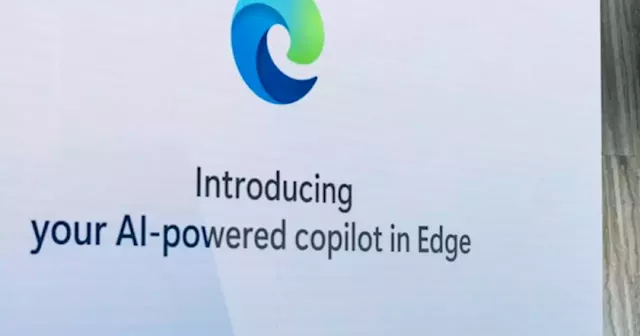based on household income for the three big investor-owned utilities to help pay for delivery costs including poles, wires, energy efficiency subsidies and wildfire mitigation, while lowering consumption-based rates.I love my electric car, but after more than three years I’m thinking of trading it in for a fossil-fueled model because even in California it’s not easy being a green motorist.
Earlier this month the utilities, consumer advocates, environmental groups and others each submitted proposals for how the new fixed-charge system should be designed. The utilities want higher fixed charges to cover more of their infrastructure and administrative costs. Southern California Edison’s proposal, for example, has low-income customers paying between $15 and $20 a month on top of their usage.
The investor-owned utilities’ use of fixed charges had been capped out of a well-founded concern that assessing an across-the-board fee would discriminate against low-income customers who use less electricity. Climate change necessitated a move from focusing solely on energy conservation to shifting from fossil fuels to electricity generated from wind, solar and other clean, renewable sources.
Brasil Últimas Notícias, Brasil Manchetes
Similar News:Você também pode ler notícias semelhantes a esta que coletamos de outras fontes de notícias.
 US regulators plan to go after harmful AI business practicesU.S. market regulators say AI tools are subject to the same legal standards as any other business tools.
US regulators plan to go after harmful AI business practicesU.S. market regulators say AI tools are subject to the same legal standards as any other business tools.
Consulte Mais informação »
 Microsoft’s Activision Blizzard acquisition blocked by UK regulatorsMicrosoft says it will appeal the decision
Microsoft’s Activision Blizzard acquisition blocked by UK regulatorsMicrosoft says it will appeal the decision
Consulte Mais informação »
 UK regulators block Microsoft’s $68.7B acquisition of Call of Duty developerBREAKING: The United Kingdom’s antitrust regulator blocked Microsoft’s acquisition of one of the world’s largest video game developers, a major win for antitrust enforcers.
UK regulators block Microsoft’s $68.7B acquisition of Call of Duty developerBREAKING: The United Kingdom’s antitrust regulator blocked Microsoft’s acquisition of one of the world’s largest video game developers, a major win for antitrust enforcers.
Consulte Mais informação »
 Microsoft's $68.7 billion Activision Blizzard acquisition blocked by UK regulatorsThe UK's CMA regulatory body blocked Microsoft's $68.7 billion Activision/Blizzard purchase, citing cloud gaming competition concerns.
Microsoft's $68.7 billion Activision Blizzard acquisition blocked by UK regulatorsThe UK's CMA regulatory body blocked Microsoft's $68.7 billion Activision/Blizzard purchase, citing cloud gaming competition concerns.
Consulte Mais informação »
